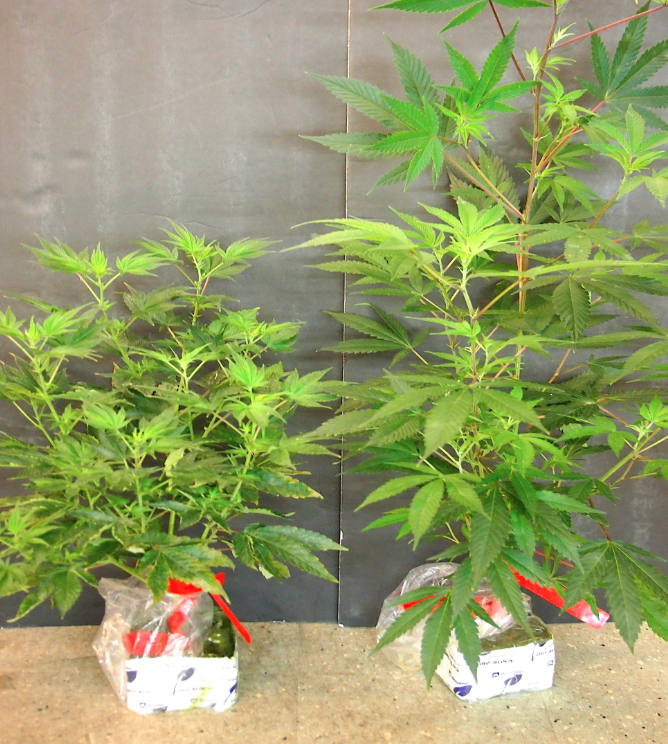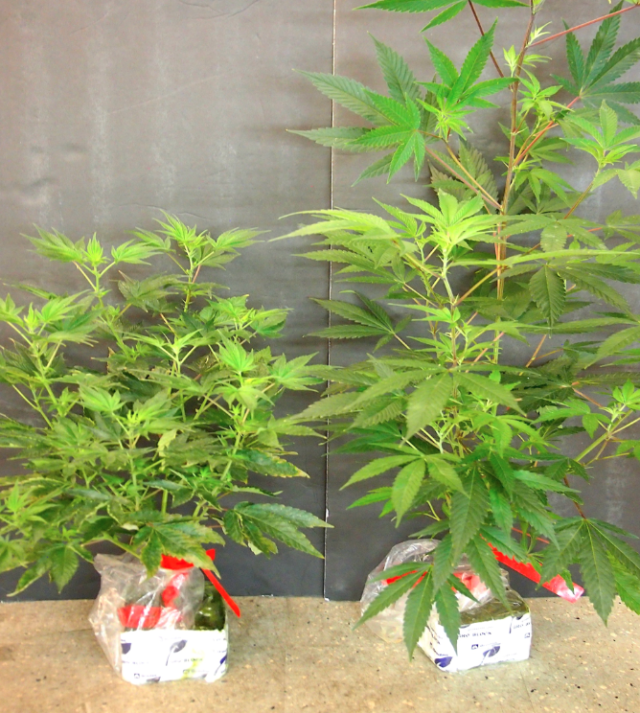Hop Latent Viroid Disease (HLVD) poses a significant threat to the cannabis industry, silently infecting crops and causing substantial damage. This viroid-induced disease primarily affects hemp and cannabis plants, often going undiagnosed until the damage is already done. In this article, we will explore the symptoms, effects, and transmission of Hop Latent Viroid Disease and shed light on its impact on the cannabis industry.
Understanding Hop Latent Viroid Disease (HLVD):
Hop Latent Viroid (HLVd) is a small, single-stranded RNA molecule that infects plants, including hops (Humulus lupulus) and cannabis. HLVd lacks a protein coat, distinguishing it from viruses. It is classified as a viroid, a unique group of plant pathogens.
Symptoms of Hop Latent Viroid Disease:
HLVD-infected plants may exhibit a range of symptoms, although some infected plants may remain asymptomatic. The symptoms can vary depending on the cannabis cultivar, environmental conditions, and the stage of infection. Common symptoms include:
- Stunting: Infected plants may experience stunted growth, resulting in reduced plant height and overall size compared to healthy plants.
- Leaf Distortion: Leaves may show curling, cupping, or distortion, leading to abnormal leaf shapes.
- Chlorosis: Yellowing or discoloration of leaves, often starting at the edges and progressing inward, may occur due to reduced chlorophyll production.
- Necrosis: Infected plants may develop necrotic spots or lesions on leaves, stems, or buds, leading to tissue death.
- Reduced Yield: HLVD can significantly impact the yield of cannabis crops, resulting in lower flower or bud production and overall reduced harvest.
Transmission of Hop Latent Viroid:
HLVd can be transmitted through various means, including:
- Seed Transmission: Infected seeds can carry the viroid, leading to the spread of HLVD in subsequent generations.
- Vegetative Propagation: When infected plant material, such as cuttings or clones, is used for propagation, the viroid can be transmitted to new plants.
- Contaminated Tools and Equipment: The viroid can be inadvertently spread through contaminated tools, equipment, or clothing used in cultivation practices.
- Insects and Pollinators: Certain insects and pollinators, such as aphids or bees, can carry the viroid from infected plants to healthy ones, facilitating its transmission.
Effects on the Cannabis Industry:
Hop Latent Viroid Disease has had a detrimental impact on the cannabis industry, causing economic losses and significant damage to crops. The undiagnosed nature of HLVD makes it difficult for growers to identify and control the disease in its early stages. The consequences include reduced crop yields, increased production costs, and potential damage to a grower’s reputation.
Prevention and Management:
Preventing and managing HLVD requires a multi-faceted approach, including:
- Testing and Certification: Regular testing of plant material, especially during the propagation stage, can help identify infected plants. Certified disease-free planting material should be used to minimize the risk of transmission.
- Sanitation Practices: Implementing strict sanitation protocols, such as disinfecting tools and equipment, practicing proper hygiene, and controlling insect vectors, can reduce the spread of HLVD.
- Genetic Resistance: Breeding and cultivating cannabis cultivars with genetic resistance to HLVD can provide long-term solutions to mitigate the impact of the disease.
- Crop Monitoring: Regular monitoring of plants for symptoms and early detection of HLVD can aid in prompt intervention and control measures.
Conclusion:
Hop Latent Viroid Disease (HLVD) poses a silent threat to the cannabis industry, causing significant damage to crops without easily recognizable symptoms. Understanding the symptoms, transmission, and effects of HLVD is crucial for growers to implement preventive measures and effective management strategies. By adopting proactive practices and investing in research for disease-resistant cultivars, the cannabis industry can mitigate the impact of HLVD and safeguard its future.










